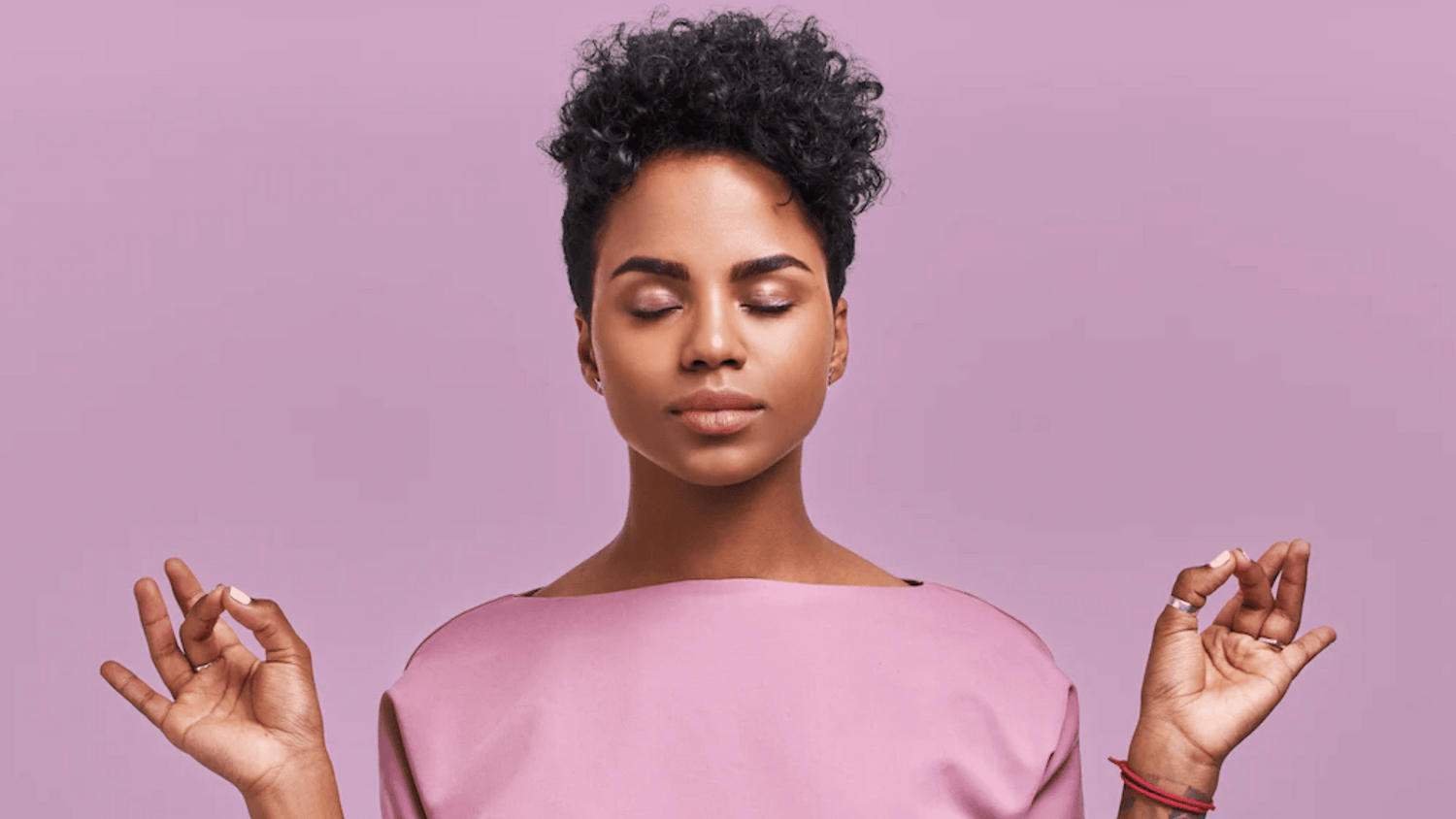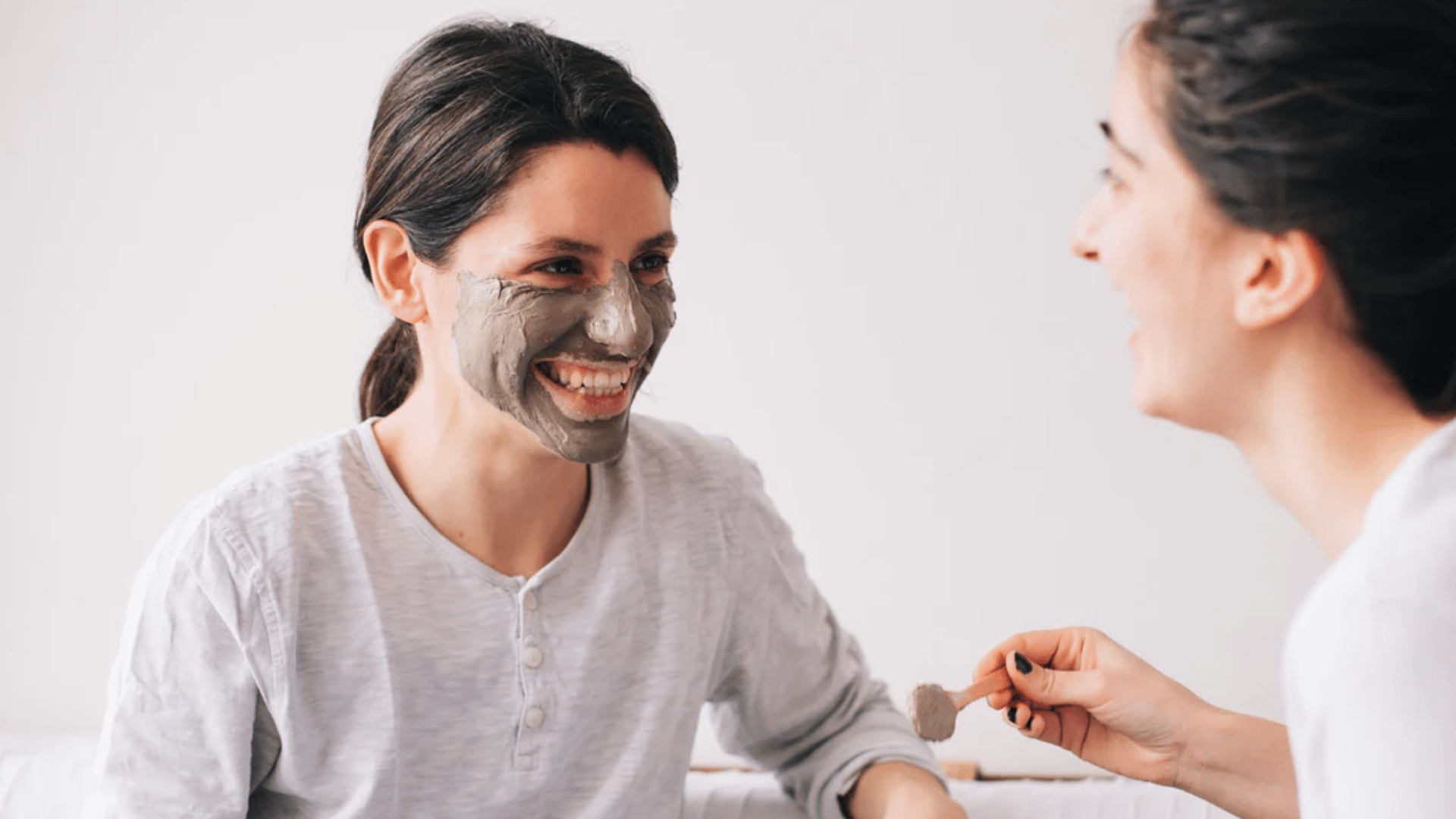Ask people why they practice yoga, and stress relief will almost certainly be one of the most common answers. In fact, in the Yoga in America Study conducted by Yoga Journal, 56% of yogis said they practice yoga to reduce stress.
It’s all about the breath
One of the main ways that yoga helps reduce stress is by helping the practitioner to breathe more deeply and evenly. Deep breathing helps increase blood flow so that oxygen can circulate throughout the body more freely.
You’ve probably been told to “take a deep breath” when you’re anxious or stressed out. The connection between breathing and stress is obvious as soon as you slow down and do just that.
People who practice yoga regularly are more aware of the breath. Most people hold their breath when they feel stress, but yogis know that tuning into the breath and using proper breathing techniques is key to keeping stress at bay.
Yoga helps to reduce cortisol levels
Cortisol is the fight or flight hormone that kicks in when we’re under stress. Most forms of exercise lower cortisol levels, but yoga is especially effective because it combines breathing techniques with physical movement and mental focus. Various studies have shown that yoga reduces cortisol, in part because yoga increases your parasympathetic tone, the branch of the nervous system that regulates parts of your body at rest, including lowering your heart rate, which in turn lowers your blood pressure and helps you feel relaxed.
Yoga poses for stress relief
If you’re stressed, try the following yoga poses and notice how much more relaxed you feel.
- Child’s Pose: This relaxing forward fold puts the mind at ease and helps foster a relaxation. It’s also the go-to pose when you need to slow down during a vigorous or challenging class.
- Standing Forward Bend: Forward bends help increase blood flow to the brain, which can instantly lower stress.
- Twists: Think of wringing out stress when you’re in any of the twisting poses. They also help stimulate your digestive system and get your spine moving, both of which can relieve tension and stress. There’s a reason most of them feel so good.
- Legs-Up-the-Wall Pose: An inversion in which you lie on your back with your legs resting flat against the wall, this is another pose that is extremely relaxing. In fact, it’s often recommended for people with insomnia.
- Savasana: The resting pose at the end of class is the ultimate pose for stress relief. It invokes the relaxation response and brings the mind into a meditative state. This meditative state is the purpose of yoga, no matter what form you practice.
Patchouli essential oil for stress relief
Hailing from Indonesia, patchouli’s sedative properties and sweet, earthy scent can stimulate pleasure hormones in your brain—and even help you sleep. As an antiseptic, patchouli is often used to treat inflammation, improve circulation, and boost your immune system. Among its many therapeutic benefits when applied topically, it can regulate several forms of dermatitis, protect cuts or sores from becoming infected, and help treat varicose veins.
The essential oil derived from patchouli is excellent for stress relief. The aroma is often described as “heady,” perhaps because of its ability to calm the mind. Widely used in incense, patchouli became very popular in the 1960s and 1970s, mostly due to its association with New Age spiritual practices like yoga and meditation.
If you’re feeling stressed, use an aromatherapy mist spray with patchouli oil to help reduce any tension.
When you walk into yoga class, take a moment to notice whether incense is burning. If you’ve practiced for a while, you’ve undoubtedly been to a stress-relieving class that featured gentle poses and patchouli oil or incense. This is a combination you can use anytime anywhere to melt your stress away.






